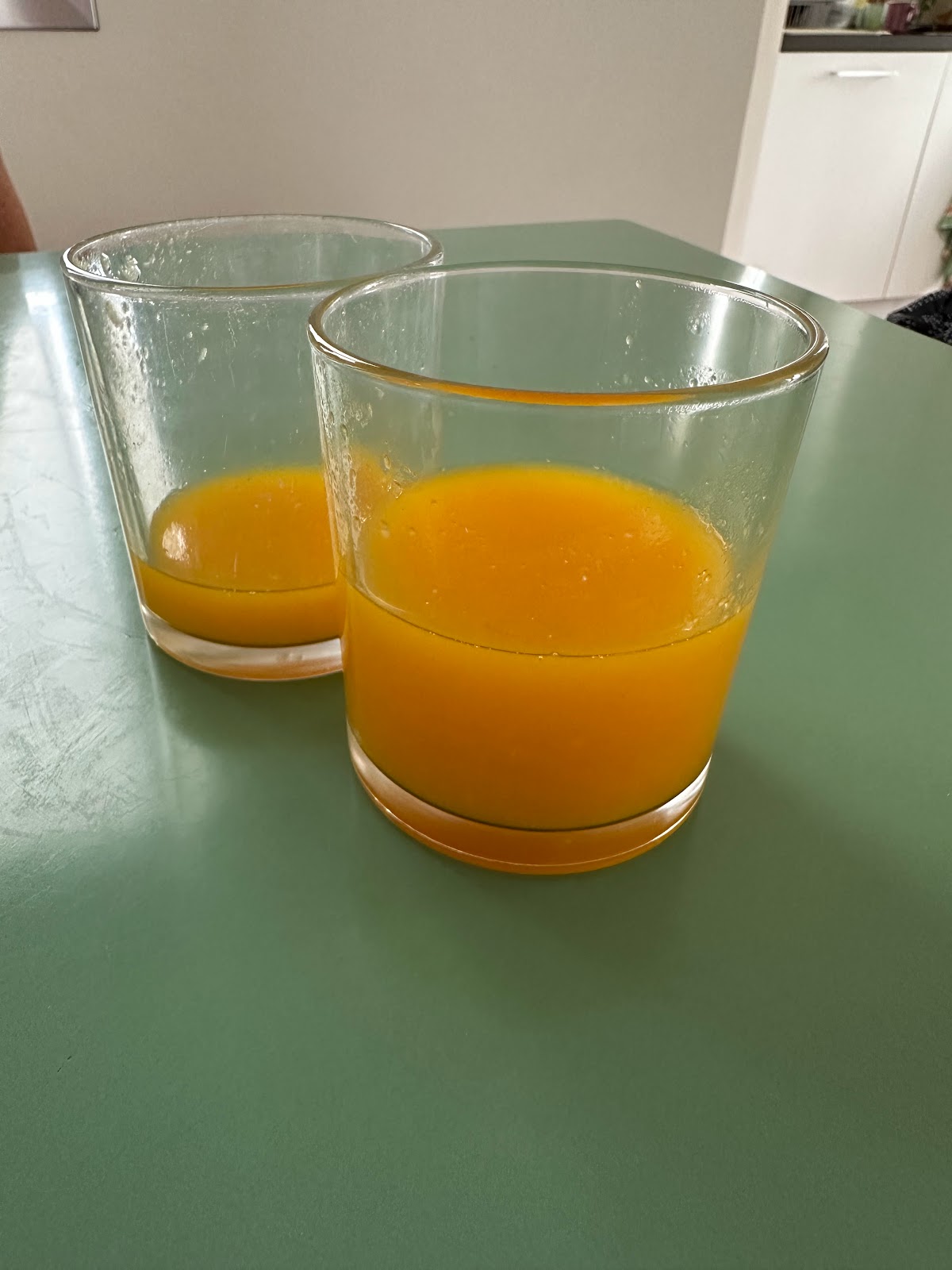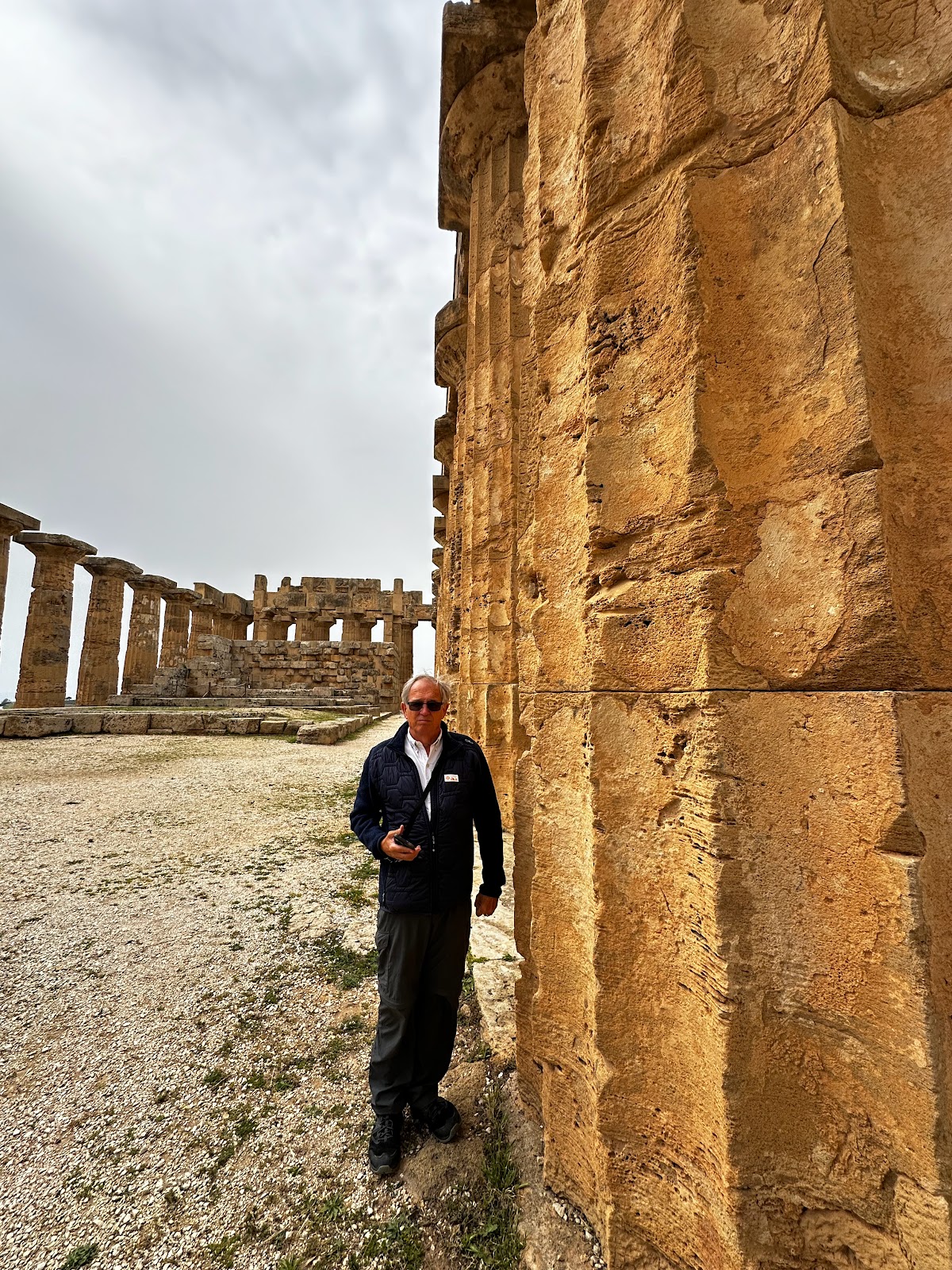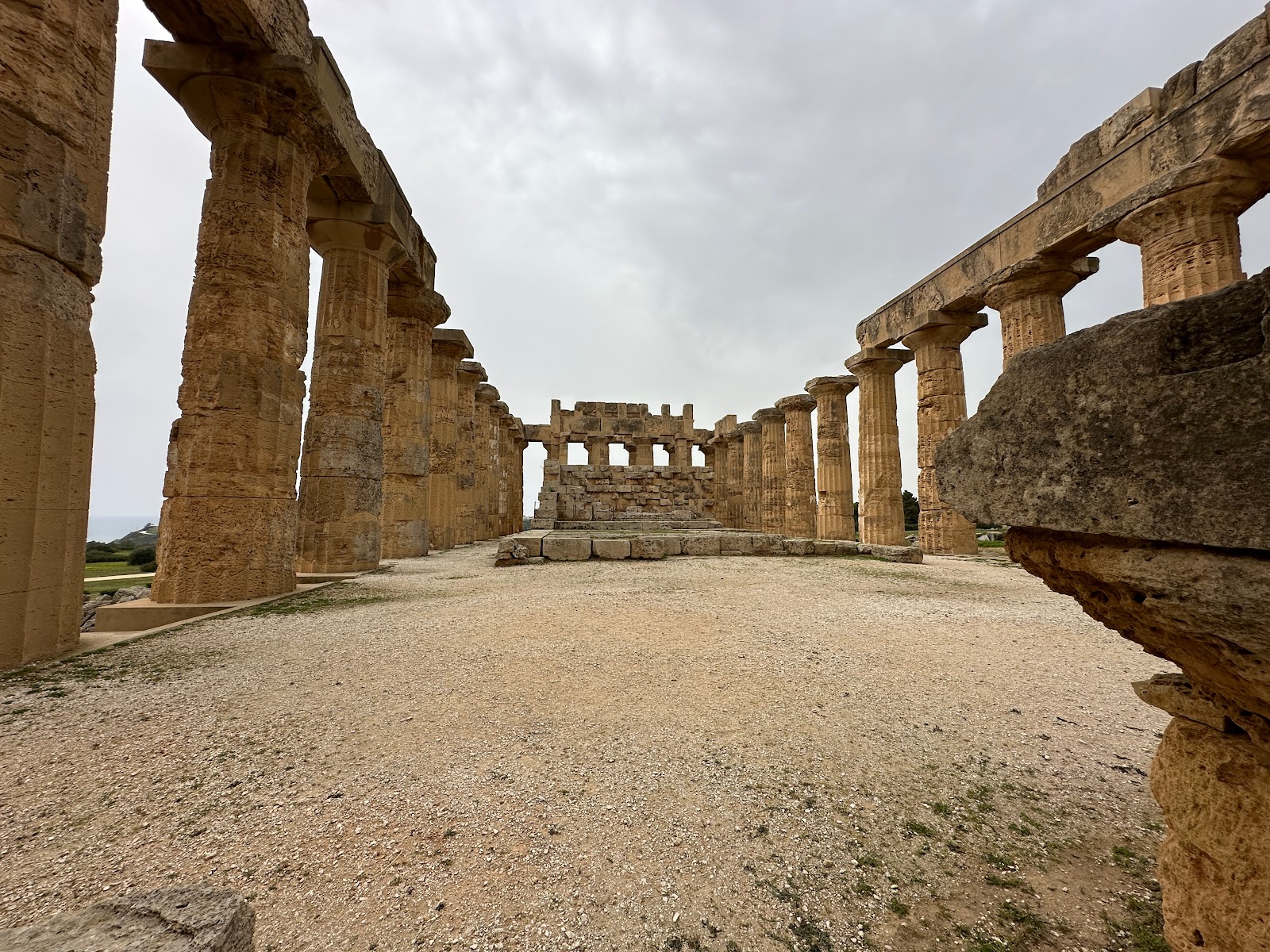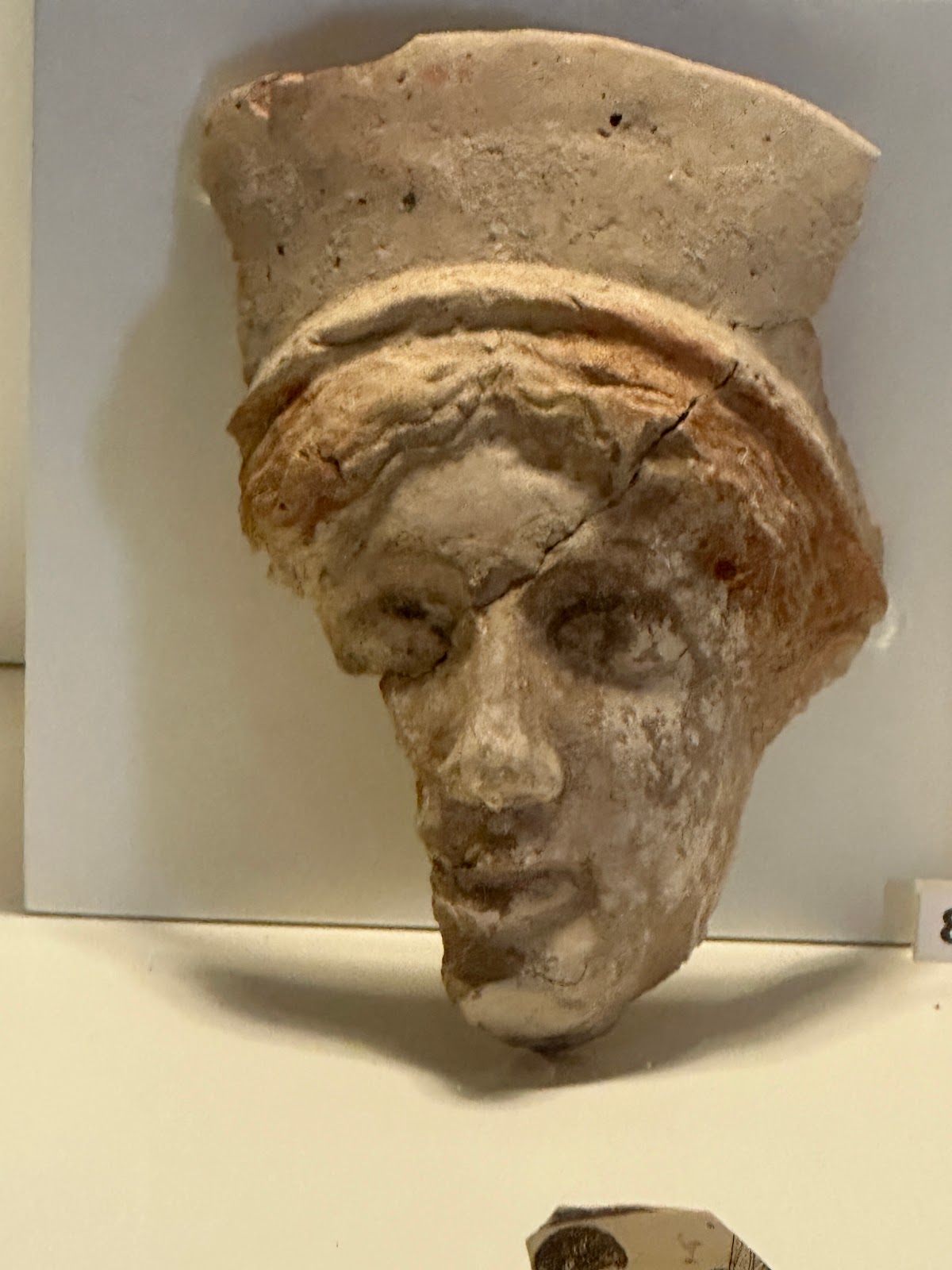Back on our feet, Sandy and I wanted to see a little more of Western Sicily. A major industry along the coastline between Marsala and Trapani is the harvesting of sea salt. While we must have a dozen different sea salts back home I had never given a lot of thought to how it is gathered.
It is a mesmerizing process. In salt production from seawater, the natural elements collaborate with human ingenuity to yield one of the world's most essential minerals. It requires patience as the evaporation process advances at its own pace and then a fast and furious race to harvest the salt before the September rains arrive and simply dissolve away the product.
Piles of Sea Salt ready for the tableHere, just south of Trapani, the serene expanse of salt beds were nestled along the sun-kissed shores with the azure waters of the Mediterranean stretching as far as the eye could see. Here, the age-old practice of salt harvesting unfolds, blending ancient tradition with modern techniques.
First, the seawater is carefully channeled into vast, shallow salt pans, where it basks under the Mediterranean sun. For hundreds of years moving the water into the successively saltier pans was done by windmills turning Archimedean screws. Now it is done by diesel powered pumps, more efficient perhaps, but at the cost of lost romance. As the sun's radiant warmth touches the water's surface, the alchemy begins. Over time, the water begins to evaporate, leaving behind a delicate crust of salt crystals.
The windmill sits on an island in the middle of the salt pans
Slowly but surely as more seawater is added to the evaporation beds, these crystals grow and multiply, forming intricate patterns across the surface of the salt pans. With each passing day, the concentration of salt in the remaining water increases, until finally, it reaches saturation point.
At this critical juncture, skilled salt workers step in, delicately raking the crystalline salt from the surface of the pans. They gather the precious crystals into mounds, where they will undergo further drying and refining.
In the end, what remains is not just a simple mineral (NaCl) that the world needs, but a testament to the artistry and resilience of those who have tamed the sea in order to extract its bounty.
The windmill was multipurpose. It turned the archimedes screw that moved the water to different salt pans, and it turned the mill to ground the salt to a medium coarse consistency
After viewing the salt beds Sandy and I returned to our home base of Marsala (it truly is a charming town), where a different kind of tradition awaited us. In the warm glow of the setting sun, we joined locals and pilgrims alike in observing the poignant Via della Croce, the Way of the Cross, held the Thursday before Easter. We staked a position that was along the path that the procession would follow. We were deeply moved by the reenactment of Christ's journey to Calvary. The sincerity of those in the procession was obvious. They were not just in a parade, they were revering Christ as he suffered his last days. And the thousands of people that lined the streets to watch were equally reverent as they stood in silence as the procession passed. A very poignant reminder of the enduring faith and cultural heritage of this vibrant region of Catholicism.
We all had our own ways of waiting for the procession to beginAn icon from the Mother Church followed the procession
While walking around Marsala Sandy and I visited a couple of the churches. I especially liked the rundown Church of Purgatory. I am afraid I may not see heaven, too many youthful indiscretions, but there is still the off-chance that I might sneak into purgatory, therefore a prayer at this church and a lit votive candle certainly can’t hurt. Sandy disagrees, to her, it is heaven or hell and she wants the immediate decision, no waiting around. We also enjoyed two iconic Sicilian treats. Sandy had some of her gelato and I had an arancina which is a deep fried rice ball with ragù inside.
Arancina: Saffron rice, ragù, deep-fried

































































